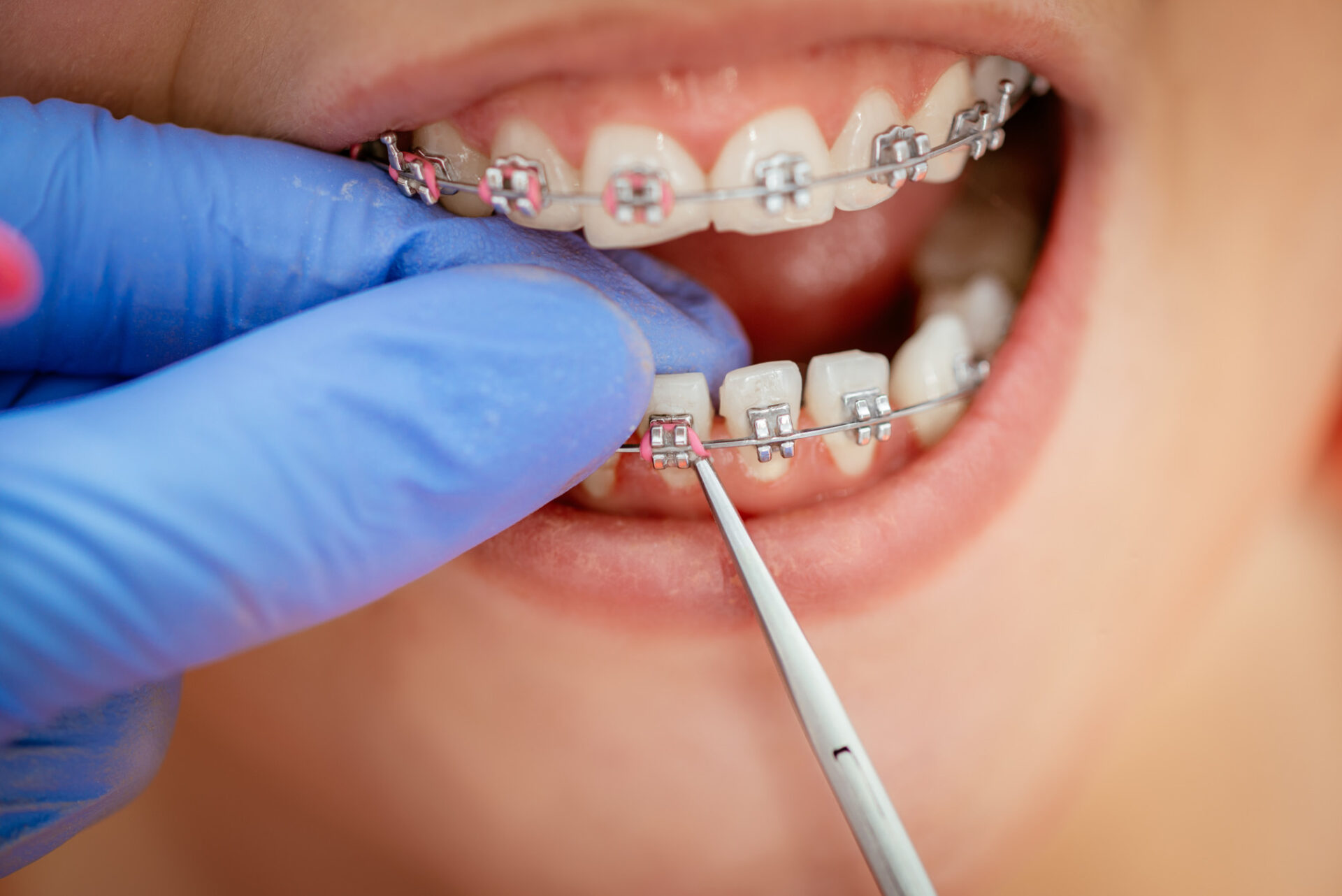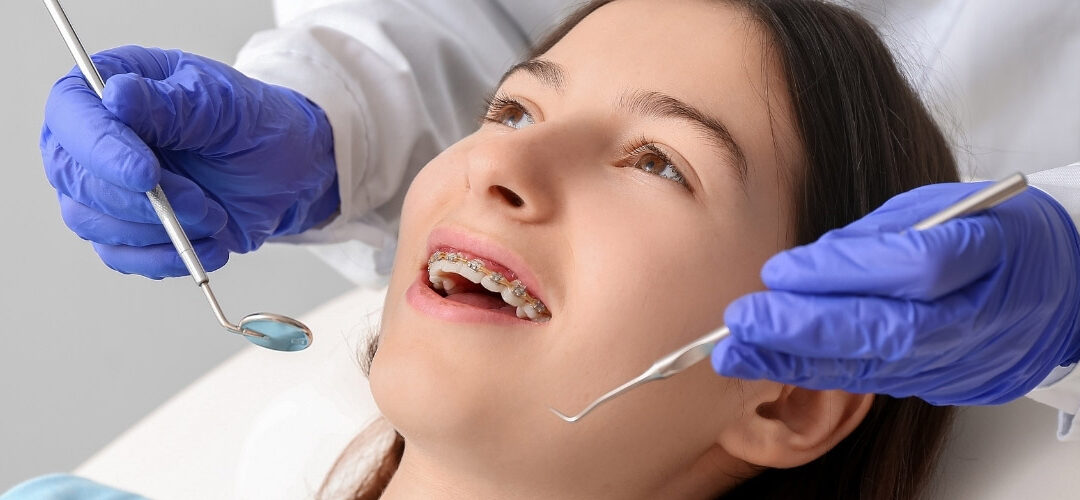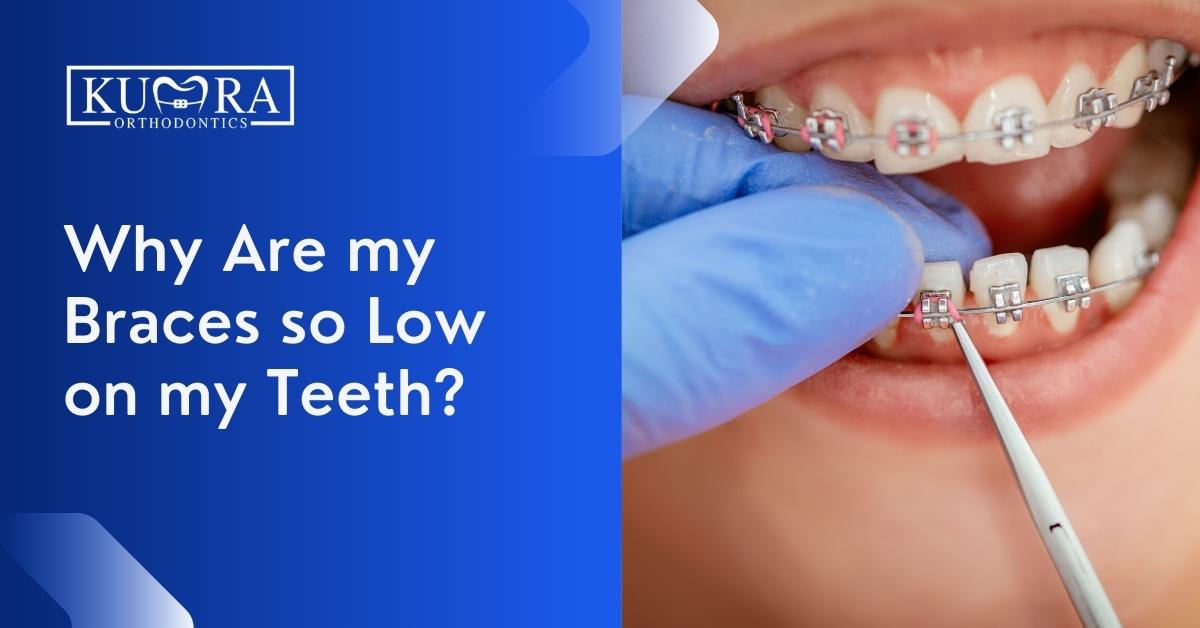Professional Cumming Braces and Aligners: What to Know Before You See
Comprehensive Guide to Orthodontics Treatments for Fixing Oral Misalignments
In the realm of orthodontics, the journey to achieving a perfectly aligned smile includes a myriad of procedures tailored to deal with dental misalignments. From traditional dental braces to unnoticeable aligners and also medical alternatives, the area of orthodontics offers a series of services to resolve varying levels of dental irregularities. Comprehending the complexities of each procedure, including their systems, advantages, and potential disadvantages, is essential in making educated decisions about one's orthodontic therapy. As we browse with the detailed overview to orthodontic procedures for dealing with oral imbalances, the intricate information of each technique will certainly unravel, clarifying the path towards a unified and practical oral alignment.
Orthodontic Procedures Review

Routine adjustments and monitoring are important parts of orthodontic treatment to make sure development is on track and to make any kind of required modifications along the means. By going through orthodontic procedures, individuals can not just achieve a straighter smile but likewise enhance their overall dental health and wellness and feature.
Conventional Dental Braces: How They Work
When considering orthodontic treatments for oral misalignments, typical dental braces stand out as a tried and true technique for dealing with teeth positioning. Traditional braces consist of braces, wires, and bands that work with each other to use continuous stress on the teeth, gradually moving them into the desired alignment.
One key aspect of how typical dental braces work is the procedure of bone makeover. As pressure is applied to the teeth through the braces, the bone bordering the teeth is improved to support the new tooth placements. This makeover is essential for the long-lasting stability of the corrected positioning. People will need regular adjustments at the orthodontist's workplace to guarantee the braces remain to apply the correct pressure for reliable teeth movement.
Unseen Aligners: Disadvantages and pros
Unseen aligners use a very discreet and hassle-free option to typical dental braces for fixing dental imbalances. These clear, custom-made trays are practically unnoticeable when worn, making them an enticing choice for people looking for a more aesthetically pleasing orthodontic therapy. Among the primary advantages of invisible aligners is their removability, permitting much easier upkeep of oral hygiene contrasted to standard dental braces. Clients can eliminate the aligners prior to eating or cleaning their teeth, decreasing the risk of food getting embeded the home appliance and simplifying the cleaning procedure.

Surgical Orthodontic Options
Surgical treatments in orthodontics present feasible alternatives for addressing complicated dental misalignments that may not be successfully resolved via standard orthodontic therapies. While conventional braces and unnoticeable aligners can fix many orthodontic issues, specific situations call for medical treatment imp source to attain ideal results. Surgical orthodontic alternatives are usually suggested for severe malocclusions, substantial jaw discrepancies, and cases where the underlying bone structure requires alteration to attain correct placement.
One usual medical orthodontic treatment is orthognathic surgical procedure, which includes rearranging the jaws to fix practical issues such as problem talking or eating. This surgery is typically executed in collaboration with an orthodontist who assists straighten the teeth before and after the procedure. Surgical orthodontics may additionally entail procedures to reveal influenced teeth, eliminate excess gum tissue, or reshape the jawbone to create a much more unified facial account.
Before taking into consideration surgical orthodontic options, clients go through a comprehensive evaluation to establish the need and prospective benefits of such interventions. cumming aligners. While surgery might seem daunting, it can significantly improve both the function and appearances of the smile in instances where traditional orthodontic treatments drop short
Retainers and Post-Treatment Care

Post-treatment care includes following the orthodontist's instructions diligently. This may include correct dental health practices, participating in follow-up consultations, and putting on the retainers as prescribed. Failing to abide by post-treatment treatment directions can result in regression, where the teeth progressively return in the direction of their initial positions. Regular retainer wear, excellent dental health, and routine oral examinations are necessary for keeping the results attained via orthodontic surgical procedure and guaranteeing the long-term security of the corrected oral positioning.
Verdict
In verdict, orthodontic procedures supply various options for remedying dental misalignments. Typical dental braces utilize steel braces and cables to change teeth into proper alignment. Undetectable aligners supply a more discreet option however might not be appropriate for all cases. Surgical orthodontic choices are available for extra serious misalignments. Retainers are typically made use of post-treatment to keep the brand-new placement. In general, orthodontic treatments can properly improve dental health and aesthetic look.
As we browse via the thorough guide to orthodontic treatments for dealing with dental imbalances, pediatric dental care the intricate information of each approach will unravel, losing light on the course toward a harmonious and practical dental positioning. - cumming invisalign
One of the most typical orthodontic therapies is the use of dental braces, which consist of steel brackets and wires that apply gentle stress to gradually shift teeth right into the preferred position.When considering orthodontic treatments for dental misalignments, traditional dental braces stand out as a time-tested technique for remedying teeth placing. Furthermore, undetectable aligners might not be suitable for complicated orthodontic problems that need more significant teeth movement, as they are typically advised for light to modest instances. Retainers are customized orthodontic devices made to hold teeth in their corrected placements after the completion of orthodontic treatment.